Search
Did you mean: Italy?
Search Results
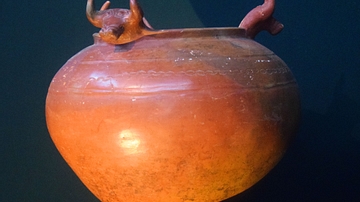
Image
Urartian Ritual Vessel with Bull Heads
This Urartian ritual vessel made from baked clay is decorated with the heads of three bulls. It was found in the Biani tomb in what's present-day Yerevan, Armenia, and it dates from the 8th century BCE. (Erebuni Historical and Archaeological...
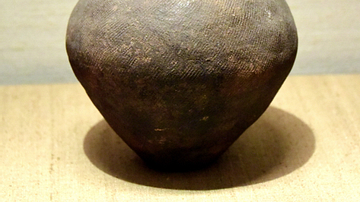
Image
Jomon Ritual Pottery Vessel
These ancient ceramics are decorated with cord markings. They gave the Jomon period, (13,00-500 BCE) its name; Jomon means "cord-marked". A stick was wrapped with braided cord and then rolled over the surface of the vessels to decorate them...

Image
Chinese Bronze Ritual Vessel, Hu
A "hu" is a type of wine vessel which displays a pear-shaped cross-section. This bronze carries a fine example of the monster face, known as taotie, shown in the main central panel, with its eyes on each side of the central vertical line...
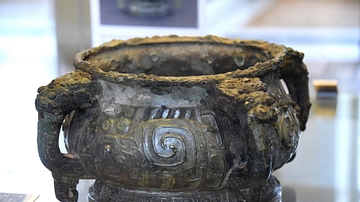
Image
Western Zhou Ritual Vessel
The bronze and its inscription were cast for the Duke of Xing, a descendant of a famous historical figure, the Duke of Zhou. The long inscription inside dedicates the vessel to the Duke of Zhou. It records the gift of three groups of men...
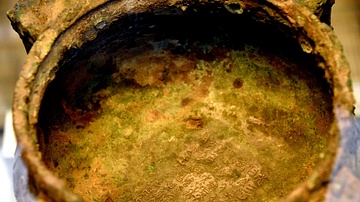
Image
Inscription of the Xing Hou Gui Ritual Vessel
The bronze and its inscription were cast for the Duke of Xing, a descendant of a famous historical figure, the Duke of Zhou. The long inscription inside dedicates the vessel to the Duke of Zhou. It records the gift of three groups of men...
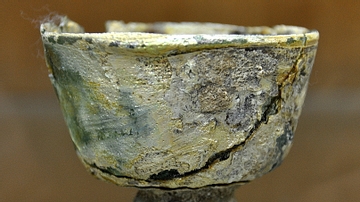
Image
Glass Beaker for Ritual Services
This glass beaker was used for religious rituals and communal services and dates back to the Parthian/Sassanid period, 350 BCE to 636 CE. From Mesopotamia, modern-day Iraq. The Sulaimaniya Museum, Iraq.
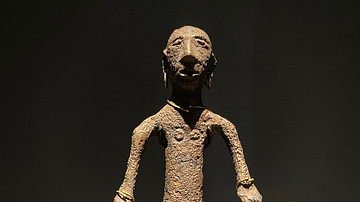
Image
Colchian Ritual Figurine from Vani
Bronze anthropomorphic figurine with hands stretched forward in an adorant position, discovered face downward inside a sacred structure at Vani, Georgia, dated to the 3rd century BCE. Adorned with gold jewellery (torque, bracelets, and earrings...
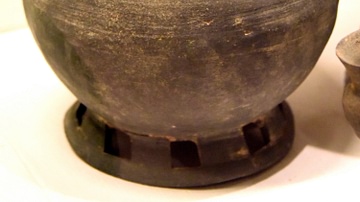
Image
Korean Stoneware Ritual Vessel
William Gowland visited Korea in 1884 CE and was struck by the similarities between early Korean and Japanese tombs. The wealthy and powerful in both lands shared a taste for luxury and precious objects. Stoneware. From Korea. 250-600 CE...

Video
Of Temples, Towers, Altars, and Fire Worship: The Ritual Landscape at Persepolis
Join Mark B. Garrison, Alice Pratt Brown Distinguished Professor of Art History, Trinity University, as he discusses the role of fire in Persian religions, including Zoroastrianism. Using glyphs and reliefs from Persepolis, he outlines the...

Article
Passover in the Hebrew Bible
Passover is a Jewish festival celebrated since at least the 5th century BCE, typically associated with the tradition of Moses leading the Israelites out of Egypt. According to historical evidence and modern-day practice, the festival was...